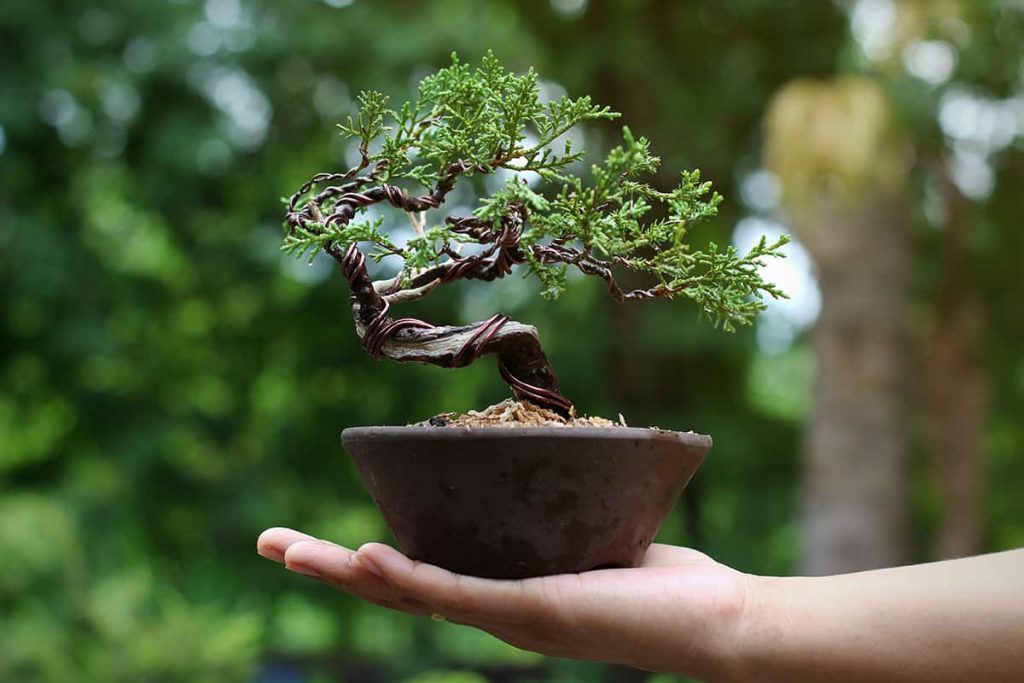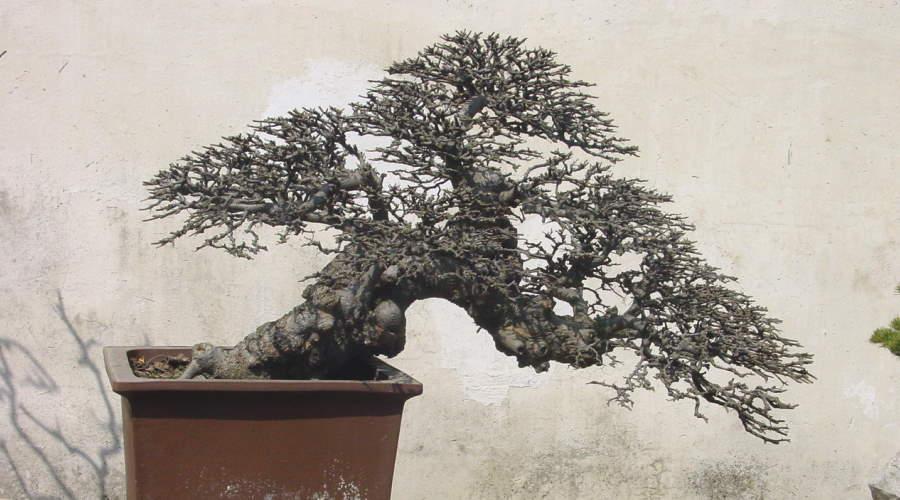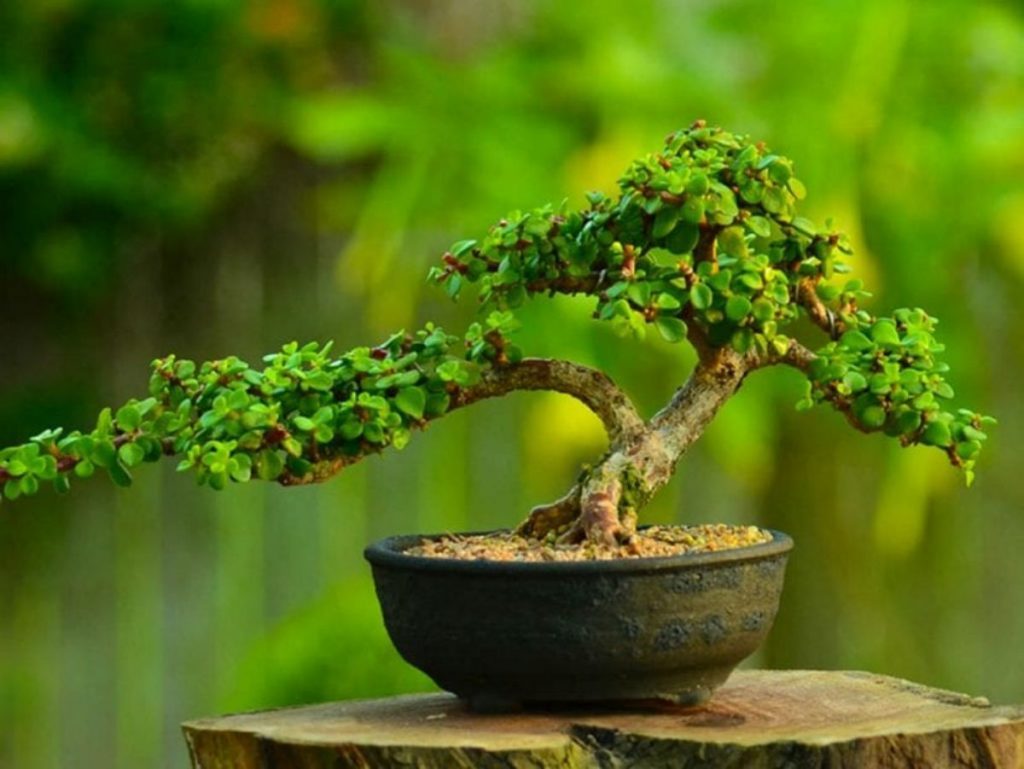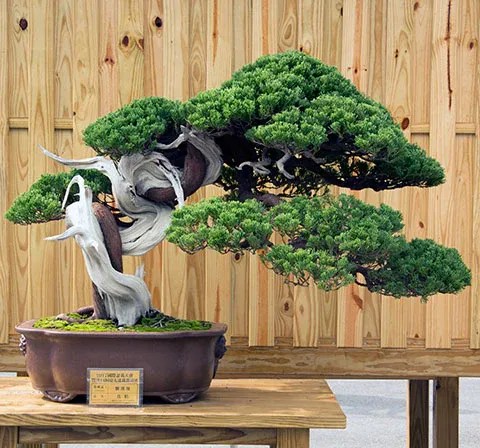- No products in the cart.

Beginner bonsai enthusiasts often ask for recommendations on the best bonsai tree to start with. However, the answer to this question varies as success with bonsai depends largely on two factors – proper location and watering. Nonetheless, certain tree species are easier to care for than others.
New bonsai hobbyists often prefer to keep their trees indoors as houseplants for convenience and visibility. However, keeping bonsai trees outside is actually easier as they thrive in fresh air, sunlight, and rain. While some bonsai trees can be kept indoors, most bonsai growers prefer to cultivate their trees outside.
As someone who interacts with beginner bonsai growers daily at a nursery, I can attest that almost everyone who takes up bonsai as a hobby grows their trees outdoors. Therefore, if you are looking to start growing bonsai and have a garden, it is advisable to use it. Although your garden might not be very interesting at the moment, as you build a collection of beautiful bonsai trees and projects, bringing them indoors might become a challenge.
Anyway, I digressed a bit. Here’s a list of some of the bonsai tree species that are easier to care for.
Ficus
Description: This is an evergreen tropical tree that may feature impressive aerial roots growing from its trunk.

What are the advantages of choosing Ficus as a bonsai tree for beginners?
Ficus bonsai trees are ideal for beginners as they thrive indoors in bright locations, which is a preferred choice for novice growers. Moreover, Ficus trees are easy to shape using wire due to their flexible branches that can be bent with ease. They are also quite resilient and forgiving if you forget to water them occasionally.
Chinese Elm
Description: This is a semi-evergreen tree that is often the first choice for beginner bonsai growers due to its natural small leaves.

What Makes chinese elm bonsai trees good for beginners?
Will grow indoors or outdoors but its is better to grow them outdoors if possible, for at least the warmer months of the year. Very easy to prune, as they put out lots of new shoots when they cut branches back. Also frost hardy for outdoor life. Its quite easy to improve the look of the tree through regular pruning over time.
Portulacaria – Small Leaf Jade
Description: This is an evergreen succulent that resembles a tree, but it’s not technically classified as one. It features small oval-shaped leaves.

What are the advantages of selecting Portulacaria as a bonsai tree for beginners?
Portulacaria bonsai trees are a great choice for novice growers as they naturally grow in hot climates and can thrive indoors. They are also highly tolerant of drying out, so if you forget to water them for a few days, they can still withstand the lack of moisture.
Juniper
Description: This is an evergreen tree with scale-like foliage and is considered a classic bonsai tree. Old specimens from Japan can hold significant value. They must be grown outdoors and cannot survive indoors.

What are the advantages of selecting Juniper as a bonsai tree for beginners?
uniper bonsai trees are a great choice for beginner growers because they do not have traditional leaves but instead feature small green segments. This characteristic eliminates the concern of oversized leaves disrupting the overall appearance of the tree.
Cotoneaster
Description: This is an evergreen tree with small leaves and flowers, as well as small berries. It must be grown outdoors.
Description: This is an evergreen tree with small leaves and flowers, as well as small berries. It must be grown outdoors.
Cotoneaster bonsai trees are a suitable option for novice growers because of their small leaves. Additionally, they respond well to pruning, producing numerous new shoots when their branches are trimmed back.
